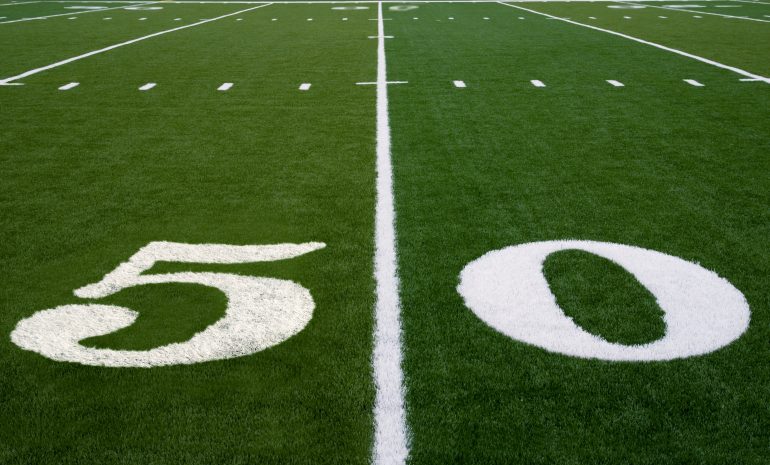Speed can be used in a variety of ways when you are a wide receiver in the NFL. It can allow you to run by a defender, or to scare a defender into a retreat, and gain separation on a shorter throw. Paul Richardson also used it in college to run away from defenders after hauling in the pass. That unique skill translated to an eye-popping 41.8 average yards per touchdown reception in college. Seattle is hoping to blend that trait into a unit that is already one of the most prolific big-play groups in the NFL.
Seahawks already have big-play receivers
 |
| The 2013 Seahawks knew how to get deep |
Only the Philadelphia Eagles completed more 20+ yard passes as a percent of their total pass attempts than the Seahawks in 2013. Both Jermaine Kearse and Doug Baldwin averaged over 15.6 yards per reception. Only the Eagles averaged more yards per completion (8.7) than the Seahawks (8.4) during the season. Richardson has the chance to add a new element to an already efficient passing attack.
To the house
Russell Wilson and the Seahawks have dramatically increased their passing touchdown output in the last two seasons, but their average distance per touchdown pass is roughly middle-of-the-pack in the NFL. Their 19.0 average yards per touchdown reception last year was 14th in the NFL.
You can’t catch me
John Schneider and Pete Carroll are trying to impact that number by drafting a player like Richardson. A team that only passes the ball 25-27 times per game needs to get the most out of each throw. Richardson had a dizzying number of long touchdown catches in his college career. A full 50% of his touchdown receptions were 50+ yards.
He missed the 2012 season with a knee injury, but was good for 10 touchdowns of at least 50 yards in three seasons. That bests what the Seahawks offense was able to produce as a whole during the same time frame, and he did not even play all four years.
Burners





